Kodak EIR: A Roll of Film No Amount of Piggies Can Buy!
22 55 Share TweetLong lost but never forgotten, Kodak EIR may be completely discontinued and rarer than Charizard, but poke your nose in the right places, and you may just unveil a little gem.
In the Lomography world we are constantly trying to push the boundaries by composing the most surreal images using techniques that would have be highly frowned upon during the peak of analogue photography in the mid 1900’s. X-pro, double exposures, film soups, splitzers, sprocket rockets, etc. has all become the norm and using a camera conventionally is becoming a thing of the past.
One method that I recently stumbled upon is colour infrared, the thing that makes it so unique is that it is nothing like any other film out there. The results are incredible when exposed correctly.

The availability of this film let’s say is pretty scarce. Kodak stopped producing the film a long time ago and any 35mm format rolls you may stumble upon these days would sell on auction sites for big cash. But wait, there’s still hope! A keen customer by the name of Dean Bennici bought out large quantities of sheets of Kodak EIR uncut to roll and cut into films himself. Now he has pushed out 1000’s of rolls supplying film enthusiasts all over the globe. Due to legal reasons Kodak insisted he listed them as second hand so they couldn’t be held liable for any faults or imperfections to the film, but Dean decided to rebrand the product and called it Aerochrome. This film is definitely a investment but its the kind of product you may only ever get to use once, so its worth it!
Regardless of the reward of finally getting hold of a roll then having the pleasure of shooting with it, this film teaches you a lot. Lomography law states you should take your camera out with you all the time and shoot everything and everywhere without care of the end results, but this film remains segregated from this rule. It requires math, science, great care, and a great subject.
When shooting Kodak EIR:
- Rule 1 – The film must be loaded and unloaded in complete darkness, therefore shooting multiple rolls on the go without a changing bag or complete opaque facility it’s not going to happen.
- Rule 2 – Due to Kodak EIR catching light from a Infrared spectrum its requires a filter similar to traditional B&W IR photography either yellow or orange will do the job.
- Rule 3 – Metering is key, this film is incredibly sensitive and requires precise exposure time, f stops and correct speed rating. Users preferences vary between 200-400ISO. So unfortunately toy camera users to avoid spoiling such an incredible this one isn’t for you.
- Rule 4 – Focusing is another factor that needs great attention, high quality lenses on analogue SLR’s will have a IR scale situated on the lens next to the focusing ring and depth of field scale to aid you to set the focus to the right point. It is quite a common occurrence for people using this film to forget about that factor when shooting with Kodak EIR, so ensure you’re mindset to remember that detail before pressing the shutter button.
- Rule 5 – Testing your lab or having your wits about you with you own processing kit. This film is designed to be processed in an old Kodak process but works exceptionally well in E6. Like all slide films, it can also be cross processed but you’d have to take this into consideration whilst shooting before getting it developed. Most importantly is to ensure the film isn’t exposed to any form of IR light. You’d have to ask the technicians turn off any IR sensors their equipment may possess as it will fog and potentially ruin your film.
So after forking out an arm and leg and treating the film like a baby, what are you meant to expect? You could say the most surreal looking images with the most unusual colour shifts. Vegetation like grass, trees, and even clothing made from an organic material glows red with huge intensity. Blue water and clear blue skies take on a dark vivid almost black colour and skin tones turn yellow resulting in people looking like real life Simpsons.
In summary, this film really does appeal to a wide audience. Both Lomographers and film enthusiasts can thrive using this film. It provides crazy colour casts with huge contrast almost like a redscale film on steroids for the likes of a Lomo lover. Then hitting the nail on the head and really putting your camera and knowledge to the test using this amazing film appeals to all the film fanatics out there.
This will definitely be one of the more rewarding film you’d ever shoot on and is definitely an honour to say you have used it. Whens its all gone it will be sorely missed.
geschrieben von chilledvondub am 2013-03-11 in #Ausrüstung #120 #review #colours #e6 #eir #unusual #aerochrome #kodak #ir #mediumformat #rare





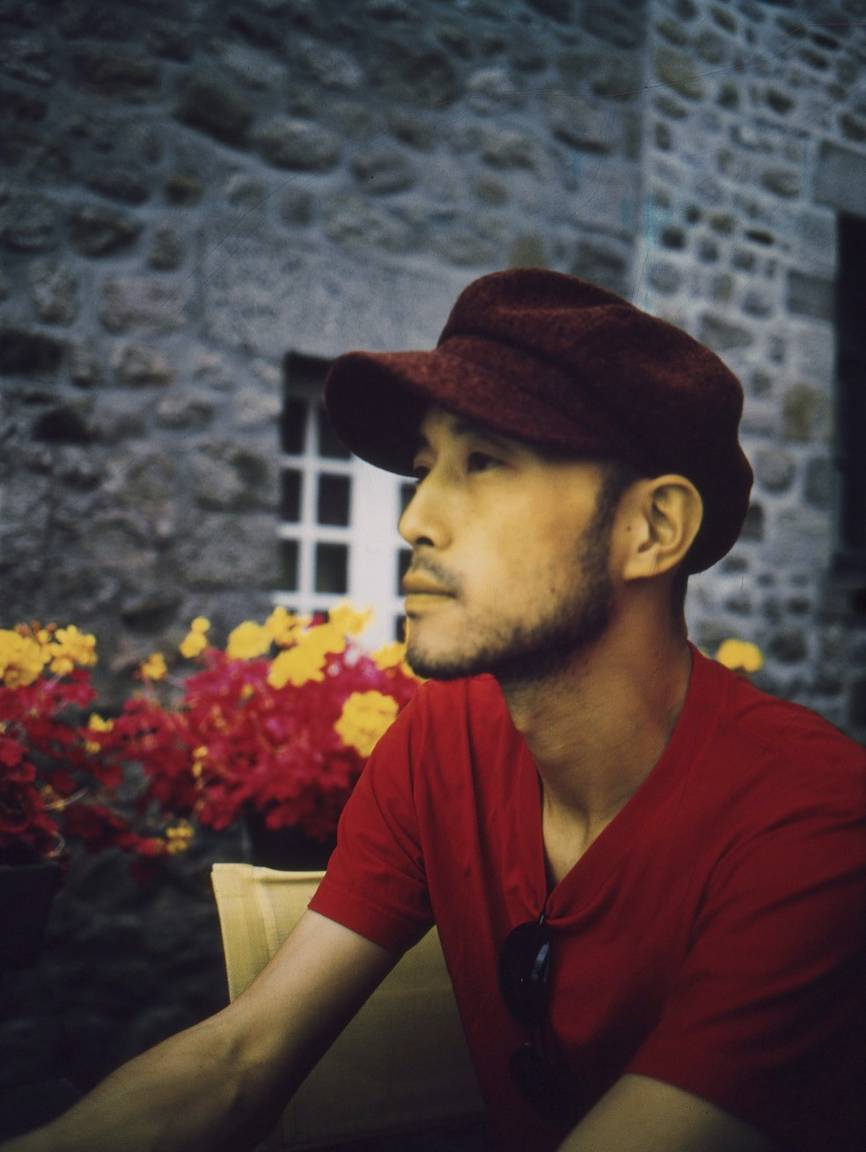









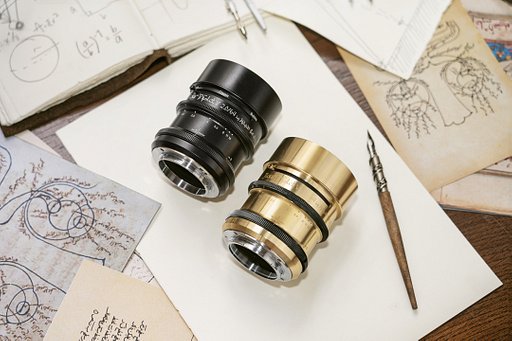




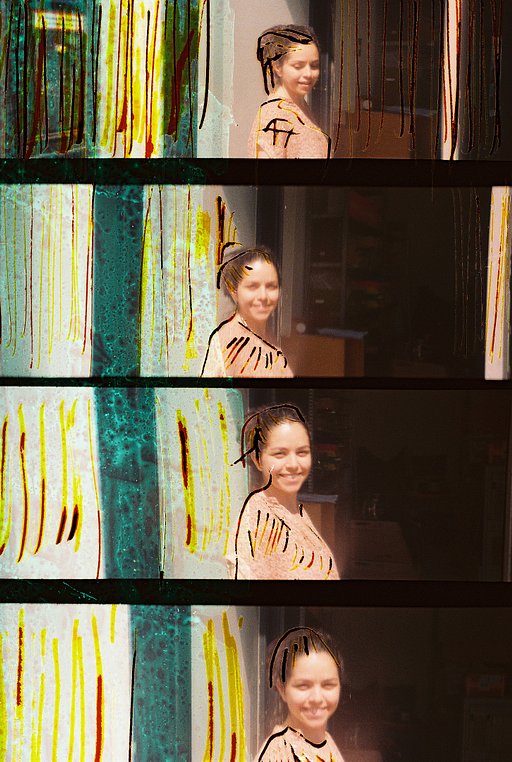




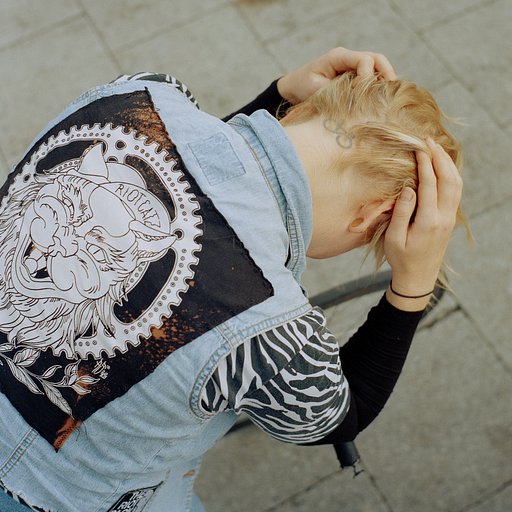
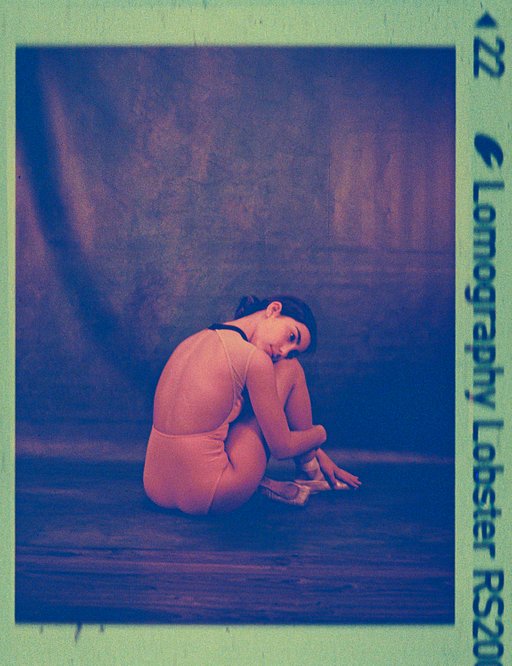
22 Kommentare